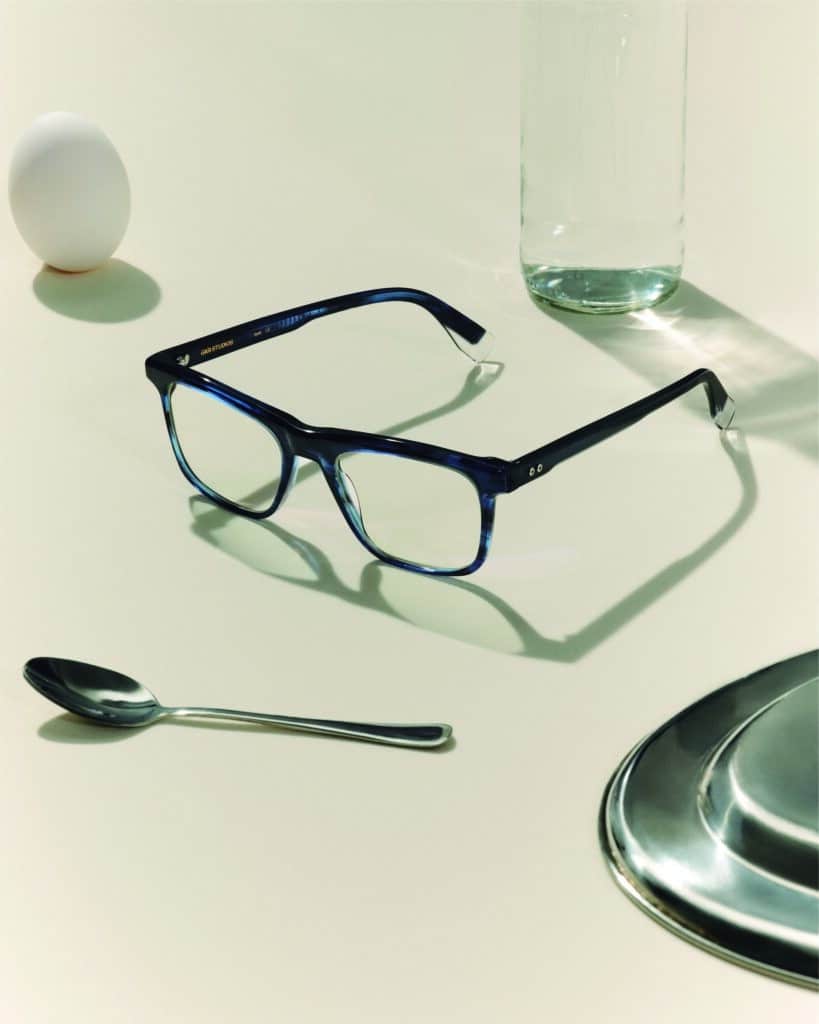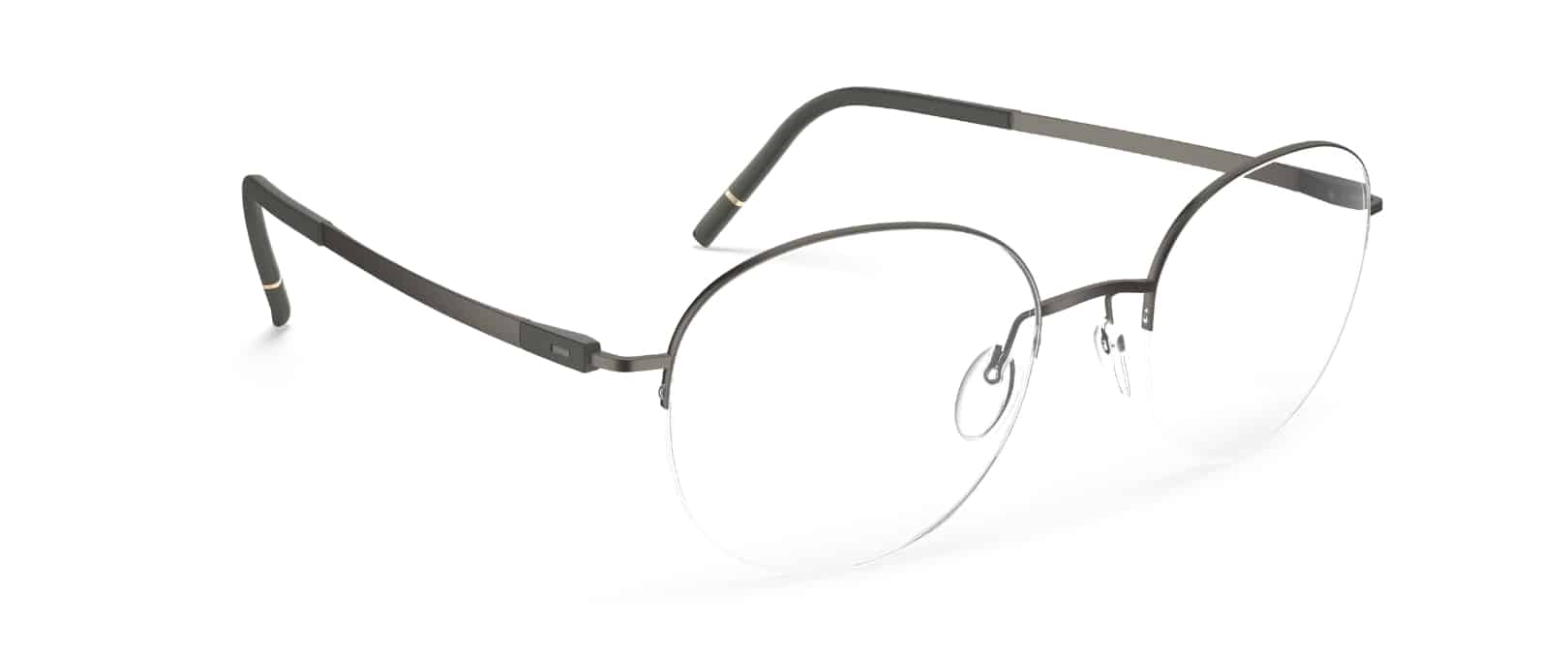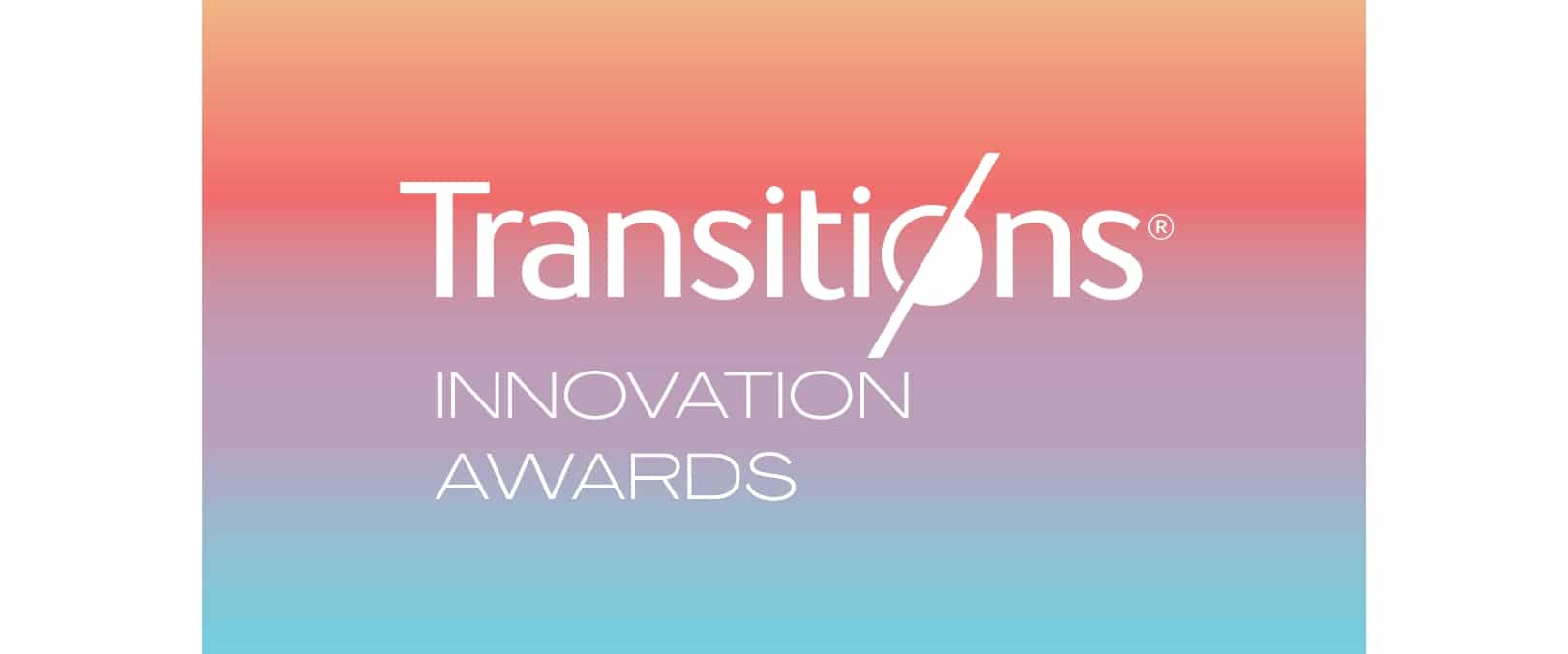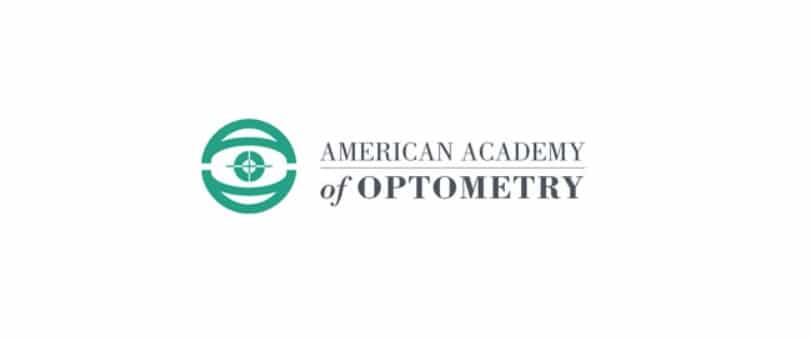The Breakfast SS24 campaign invites us to look at the daily unforeseen connections and to embrace the potential of the most ordinary circumstances. With this campaign, GIGI STUDIOS captures the essence of chance in an apparently normal moment: a breakfast between strangers.

Set in the idyllic Empordà, six characters –Maja, Gabriel, Anna, Ives, Dorcas and Dante– meet at their hotel table, sharing the morning ritual of the first meal of the day.
SS24 VANGUARD COLLECTION, SOPHISTICATION AND SUSTAINABILITY
The optical and sun designs of the new GIGI STUDIOS collections are a statement of individuality and creative expression. The handcrafted collection mixes fashion, a perfect fit and enhanced lightness. This weight reduction is achieved through thinner acetates and carefully designed inner bezels.
The new acetate models feature the new brand logo, impeccably incorporated on the temples of selected optical and sunglasses, and new gradient-toned acetates.

The sunglasses in the new SS24 collection balance a distinctive design with comfort, thanks to their lightness. Among the six new designs –three made of acetate and three of stainless steel.
MEN COLLECTION. A CONTEMPORARY AND LIGHTWEIGHT DESIGN

GIGI STUDIOS is extending its MEN optical and sun collection of contemporary designs with superior calibres. The new acetate models’ shapes show a commitment to purity and character and are lighter thanks to the improvement of the inner bezels.
The collection has six new optical models: three in acetate and three in stainless steel. The EDISON design stands out, and it is available in two calibres.
CHOPIN and MARX are the two new acetate sun models, lighter than previous iterations but without sacrificing the collection’s characteristic design power.

MADISON, the third sun design in the new collection, is an aviator-style model with a double bridge.
As with all the sunglasses in the MEN collection, the CR39 lenses are polarised and feature the best treatments. The brand’s commitment to sustainability is shown by using black acetate of recycled origin in the VANGUARD and MEN collections. This material is produced by Mazzuchelli, the most prestigious acetate manufacturer in the industry. GIG STUDIOS will continue incorporating recycled and organic acetates that meet the brand’s aesthetics.
Click HERE for the full press release.
For more related content on Optik NOW, click HERE.















